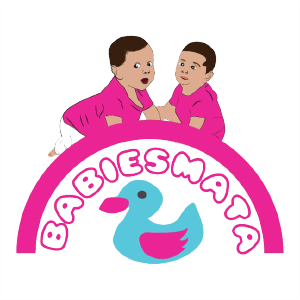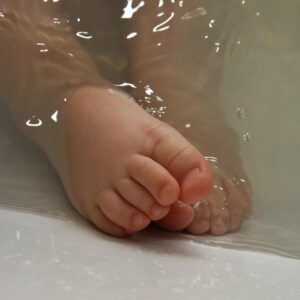What is Cradle cap? How to treat and prevent it.
In newborns and infants, the cradle cap is a common skin condition that creates rough patches on their scalp. Normally, babies are known for their soft, smooth skin, but for newborns, cradle caps are very common.
When you see these rough patches on the head of your infant, you might be concerned that it is something serious. The Cradle Cap is both common and harmless. It\’s the baby type of dandruff. This skin condition got its name because it is on the head, where a baby will wear a hat, which is the most popular place for the scaly patches to show up. Usually, you can get rid of it in a few easy steps. And if you don\’t do something, with time, it can go away by itself.
Causes of Cradle Cap
Doctors have no idea precisely what triggers a cradle cap. But when oil glands in your baby\’s skin produce more oil than they need to, they think these rough patches may show up. Doctors believe the extra fat can cause the scalp to bind to dead skin cells.
Symptoms or signs of Cradle cap
At approximately 2-6 weeks of the baby\’s life, the cradle cap may appear. Some of its indicators are:
Greasy and patchy scalp: The skin on the scalp of your baby might look greasy. On their scalp, they may have white or yellow patches of scales. The scales may flake off over time.
Changes in scalp color: Often, rather than scaly or flaky, the skin on your child\’s scalp may look a different color. Your baby doesn\’t feel itchy with Cradle Cap, even though it seems it may be.
Hair loss: It\’s uncommon, but a baby might lose hair where the baby\’s cap is cradled. After the cradle cap goes down, the hair should grow again.
Cradle cap appearing on other body parts: Apart from the head, the cradle cap can also appear on other parts like the face, behind the ears, the diaper region, and the armpits.
Cradle cap diagnosis
If your baby has this pervasive disorder, your doctor will know right away. They will have to see the skin on the scalp or other body parts of your infant. Your baby won\’t need to see a doctor to do any tests to diagnose the cradle cap.
Treatment for Cradle Cap
You can monitor and maintain the cradle cap using the following over-the-counter remedies and home care tips.
Gently wash or Rub: Keeping the scalp of your baby clean makes the issue go away, as some of the extra oils are washed away. Use baby shampoo and gently massage it into the areas affected. Your doctor may advise you to clean your baby\’s hair more frequently than you usually do.
Instead of every few days, you would need to wash it every day. Ask your doctor for herbal products if a mild baby shampoo doesn\’t work. Unless your doctor advises you to, do not use a shampoo with ingredients intended for dandruff. For babies, not all products are safe.
Brush: You should gently brush their hair with a gentle baby brush after cleaning your baby\’s hair and scalp. With time, the scales should loosen and fall off. But, make sure to go easy.
Add some oil: Ask your doctor if, after using shampoo and a soft hairbrush, you can rub some petroleum jelly (Vaseline), baby oil, olive oil, or ointment into the scales on your baby\’s scalp. This is what some parents do and have great results.
Use cream: For cradle cap, some doctors can prescribe hydrocortisone cream, but only if the scalp is inflamed. This isn\’t usually important. Unless your doctor recommends it, don\’t use the steroid cream.
Prevention of cradle cap in babies
When the cradle cap is under control, by washing your baby\’s hair well enough with baby shampoo and brushing your scalp with a gentle brush, you can keep it at bay. Ask your pediatrician how much your baby\’s hair should be washed after the cradle cap goes off. Your doctor might also recommend that after the cradle cap has stopped being a concern, you use hydrocortisone cream or another lotion or ointment.
Conclusion
The cradle cap is not a dangerous disease that should bother you, but it should not be ignored either. At any point in time, you feel overwhelmed, always feel free to ask your pediatrician for advice or recommendations. Ensure you keep your baby clean and always mind what you apply on their skin.







